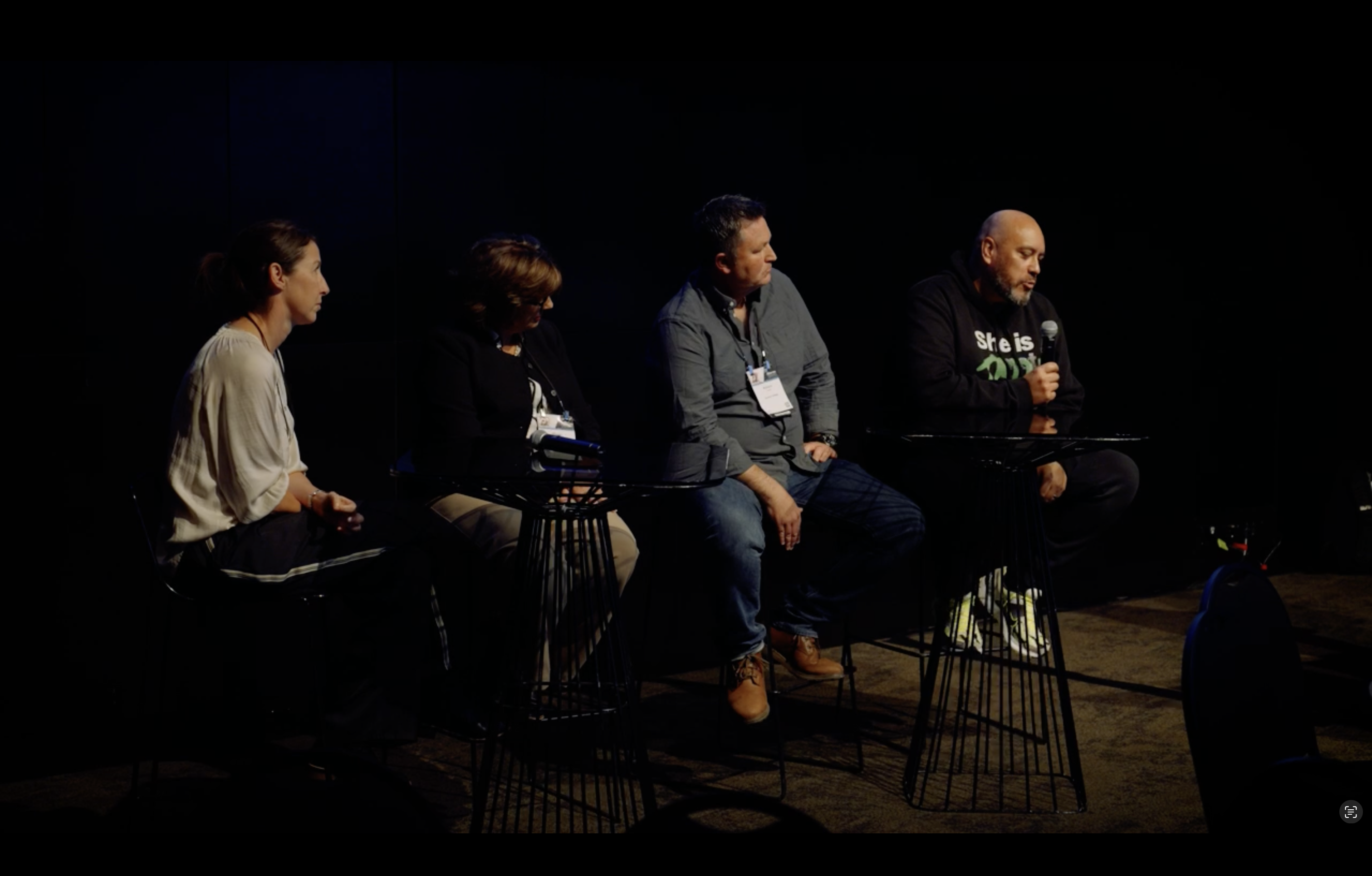
What we learned from school leaders, students, and wellbeing experts at the NASDAP workshop
How do you create a secondary school where students feel safe to be honest, and know someone is listening?
That was the heart of the conversation at our recent workshop, where educators and wellbeing leaders came together to explore how student voice, relational practice, and real-time data can transform school culture.
The session, hosted by Andrew Sylvester, featured a thoughtful panel of leaders, including Jase Williams, Megan Mannering (Napier Girls’ High School), Jo Fraser (Glendowie College), Rich Talbot (Aorere College), and voices from our student community and Pulse mentors. Together, they unpacked what it really means to check in with students, beyond just gathering survey data.
🎥 Watch the full video here to hear directly from our panellists and students.
It’s an especially important question for secondary schools, big, fast-moving environments where hundreds (sometimes thousands) of students pass through the gates each day. In schools this size, it’s impossible to know the inner world of every student. And yet, what happens when we miss the quiet ones? The ones who are struggling but can’t find the words?
Why some students don’t speak up
The panel spoke candidly about the many reasons students stay silent:
-
They don’t want to be a burden
-
They think their problems aren’t “serious enough”
-
They fear being judged or misunderstood
-
They don’t trust that telling someone will make a difference
-
They can’t articulate exactly what’s wrong
Jase Williams, expert in trauma-informed practice, reminded us that adolescence is a time of heightened emotional sensitivity, with students constantly asking themselves: Do I belong here? When they don’t feel a genuine sense of belonging, silence often feels safer than speaking.
Secondary schools are big and busy
In smaller settings, teachers often know every student by name and story. But in a large secondary school, even the most dedicated pastoral teams can’t catch everything. Students might only see certain teachers a few times a week, and many never interact directly with the school’s wellbeing staff.
Without a deliberate way to check in, it’s easy for students to disappear into the crowd, until a problem becomes too big to hide. The quiter ones, and the not so quiet also.
The "pause button" effect
This is where regular check-ins, whether through a structured system or intentional class time, can make all the difference. Jase put it simply:
“We don’t get to slow down anymore. Neither do our kids.”
For many secondary students, a check-in might be the first time in their week that they’ve been asked to stop, notice how they’re feeling, and consider if they need help with something that's going on in their lives. This self-reflection isn’t just emotionally important; it’s physiological. Feeling seen and safe can reduce stress levels, calm the brain, and make learning possible again.
From voice to action
The NASDAP workshop also made one thing clear: gathering student voice is only the first step. Acting on it is where the real cultural shift happens.
-
Napier Girls’ High School shares weekly wellbeing trends with students in assemblies, in the school digital displays, and even at the school reception... prompting conversations in form classes and making data visible to the whole kura.
-
Glendowie College shares their wellbeing data to a student-led group, who then create initiatives like “teacher week”, teacher bingo and shared morning teas to strengthen connections between students and adults at school.
-
Aorere College reassures students that check-ins are confidential and valued, building trust over time.
These examples illustrate that check-ins aren’t just about spotting problems. They’re about building an environment where students know their voice matters, even if they’re not ready to use it today. A felt culture or care.
A habit that builds trust
Trust in secondary schools isn’t built overnight, it’s built in small, consistent moments. Asking, How are you?, and meaning it. Following up when something seems off. Showing students that their wellbeing matters just as much as their grades.
It’s the moments of connection that happen after the check-ins that build up over time. Teenagers are hardwired for connection and belonging, and check-ins are a mechanism to help schools nurture that.
Even for students who don’t speak up straight away, these moments add up. They remember who asked, and when the time comes, they’re more likely to reach out.
The challenge for school leaders
As the workshop closed, participants were asked:
What’s one small, practical step your leadership team could take next term to make care more visible, and more felt, in your school?
In a secondary setting, that might mean:
-
Building a routine for form class or whānau time to include wellbeing check-ins
-
Creating feedback loops so students see their voice influencing decisions
-
Empowering student leaders to drive connection-building initiatives
-
Encouraging staff to model reflection and openness themselves
Because in a school of a thousand, you won’t catch everything.
But with regular check-ins, you can make sure every student has the chance to be heard and to know they’re not on their own.
🎥 [Watch the workshop video here]
And if you’d like to explore how Pulse can support your school, book a walkthrough with our team.
